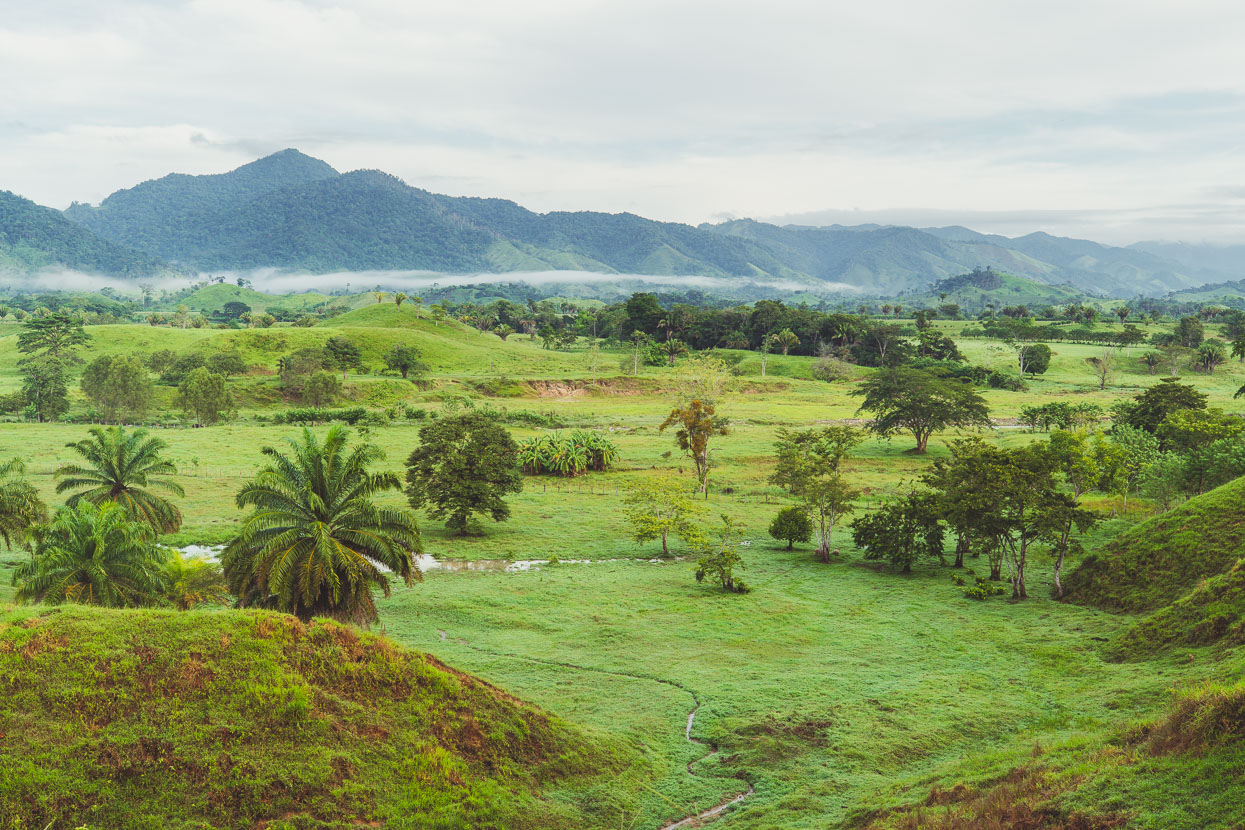By David Jacobson, Temblor

An earthquake felt across the Caribbean and Central America
Last night, at 2:51 a.m. local time, a M=7.6 earthquake struck in the Caribbean off the coast of Honduras. Fortunately, because the quake’s epicenter was approximately 200 km offshore there high levels of shaking were not experienced on land and there are no reports of major damage, with only small cracks within homes in Honduras being noted. Initially, tsunami warnings were issued, though about an hour later, they were cancelled.

Based on the location and focal mechanism (left-lateral strike-slip) of this morning’s earthquake, it occurred on the Swan Islands transform fault. This fault makes up part of the plate boundary between the North American and Caribbean plates, which has a history of rupturing in large earthquakes. In fact, in 2009, a M=7.3 earthquake, also along the Swan Islands fault, resulted in seven deaths and dozens of injuries and damaged or destroyed buildings. However, that quake was 300 km to the west, and thus resulted in stronger shaking on land than this morning’s earthquake.
A near miss
Because of this, and the fact that northeastern Honduras is sparsely population, one could say that Honduras and the greater Caribbean dodged a bullet. Had this quake struck to the west, which would have placed it closer to large cities in Honduras, Belize, and Guatemala, or to the east, where it would have threatened Cuba, the outcome would have been much worse.
A prime example of an earthquake along the same plate boundary which was much worse was the 1976 M=7.5 Guatemala earthquake. Moving along the Swan Island fault to the west, it transitions into the Motagua fault, which cuts through parts of Honduras, Guatemala, and Mexico. The 1976 killed 23,000 people and destroyed over 250,000 buildings, leaving 1.2 million people homeless. Therefore, while this morning’s quake did not result in damage or fatalities, it did highlight a major hazard posed to the Caribbean and Central America.
Where aftershocks could occur

A rare event
Even though large earthquakes along this plate boundary have occurred historically, we can look at the Global Earthquake Activity Rate (GEAR) model to see if this earthquake should be considered surprising. This model, which is available in Temblor, uses global strain rates and the last 40 years of seismicity to forecast the likely earthquake magnitude in your lifetime anywhere on earth. From the figure below, one can see that in the location of this morning’s earthquake, the likely earthquake to occur in your lifetime is M=6.25-6.5. Therefore, the M=7.6 can definitely be considered surprising. Further supporting this is the data which can be extracted from USGS scientist Gavin Hayes’ finite fault model. This model shows that across the rupture area, there was, on average, 12 m (40 ft) of slip. Using the slip rate in this region (19 mm/yr) would translate to an event like this occurring about every 600 years.

References
USGS
NOAA
- Beware quiet segments of the Philippine Fault - May 16, 2025
-
ډیری عوامل افغاني ټولنې د زلزلې پر وړاندې زیانمنوي
- August 11, 2022 - What’s happening this week in Humboldt County, California: The squeeze - February 6, 2019
